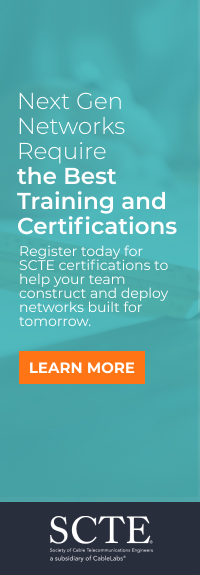The Future of GenAI
All four will move forward in parallel, with number four being the hardest to predict but, in a way, the most likely.
Financial Considerations
Some are claiming that the investment in GenAI is outstripping the returns. The problem with this line of thinking is that it doesn’t consider the driving factors. For large organizations, the options today are twofold: Don’t invest in GenAI and risk becoming irrelevant, or invest in GenAI and have a chance to remain relevant.
This path from relevancy to irrelevancy has happened before. Two examples come to mind. In its early days, Yahoo was the most relevant thing happening in the tech space. Then, came Google. Going back further Western Union Telegraph Company had a dominant position in telecommunications based on Telex to send data. When the PC and dial-up modems came along, Western Union’s network became irrelevant and it retreated to low dollar money transfers from convenience stores.
Regulation
This is the social fabric in which discussions of regulation will occur. One of the problems that we face is that regulators have a hard time keeping up with technology. GenAI is particularly challenging for regulators. Many are struggling to understand how GenAI is different from previous forms of AI, with new challenges requiring new responses. Moreover, GenAI is developing so quickly that yesterday’s answers may not fit today’s challenges. Finally, the amount we still don’t know about GenAI is hard for regulators to comprehend. The basic regulatory response would be, “Hang on. Stop for a minute. Let us figure this out." But there is too much money at work to stop it, and the regulators themselves face the dilemma of becoming irrelevant.
Next Steps
With all this as background, what questions bubble up to the top? That is, questions that the wider technical, business, and political communities can actually make progress on? Questions that at the same time are important? Below is a start at such a list:
What are the implications of GenAI for general cybersecurity defense? In operations intensive applications (sometimes called OT)? In backup? How do we counter the increased capability GenAI offers to attackers? How do we defend GenAI systems from attack?
Could well intentioned GenAI implementations backfire and get out of control? If so, how do we recover control? We have to consider a range of implementation domains including: military, police and public safety, international diplomacy, medical systems, critical infrastructure, finance, and maybe others.
What are the implications for intellectual property ownership — for example, in the areas of IP leakage, copyrights and use of training materials, ownership of “products” produced by GenAI? And does ownership imply liability?
What insurance industry issues will likely be encountered regarding GenAI developers, vendors, service providers, and users? What about cybersecurity insurance? Potential use by insurers to grant or withhold coverage?
What about the broad societal impacts on industry, political, and social structures? Could GenAI really be a threat to humanity? Should we try to regulate GenAI? If so, how?
GenAI is powerful and the technology is rapidly evolving with new capabilities emerging quickly. This makes it exciting and captures a lot of attention. At the same time, other technologies still have very productive potential. In our excitement, at our peril, we can too easily forget this. It is important to remember that GenAI is not the answer to everything. Other technologies continue to be important.
Conclusion
The foregoing background and list of questions defines a space within which we can make decisions and identify paths forward. Because of the state of GenAI, architecting systems to include GenAI is going to be an exercise in decision making in an environment of uncertainty. The uncertainty doesn’t diminish the importance of the decisions. Rather it highlights how critical they are.



















